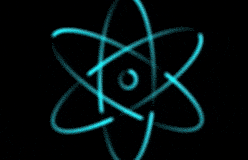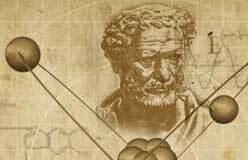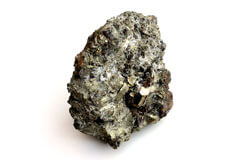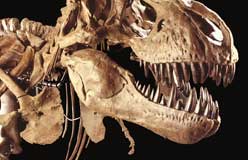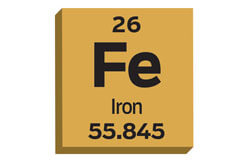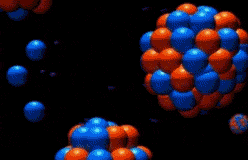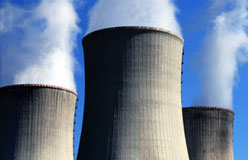Imagine burnt toast. The black particles you can scrape off the bread are actually clumps of carbon atoms.
All carbon atoms are alike. They have the same number of protons. In the same way, all oxygen atoms are alike, all iron atoms are alike, and so on. Each kind of atom is an element. Carbon, oxygen, and iron are three of over one hundred elements.
The atoms of different elements differ in the number of protons and electrons they have. Atoms with more electrons tend to be larger than atoms with fewer electrons. For example, uranium has 92 electrons. It’s larger than hydrogen, which has one electron.
Atoms also differ in mass. Mass is the amount of stuff or matter in something. For example, a ping-pong ball and a golf ball are about the same size. But a golf ball has greater mass. The mass of an atom is related mostly to its number of protons and neutrons. Mass is measured in atomic mass units. Each proton and each neutron has a mass of one atomic unit, or one amu.
